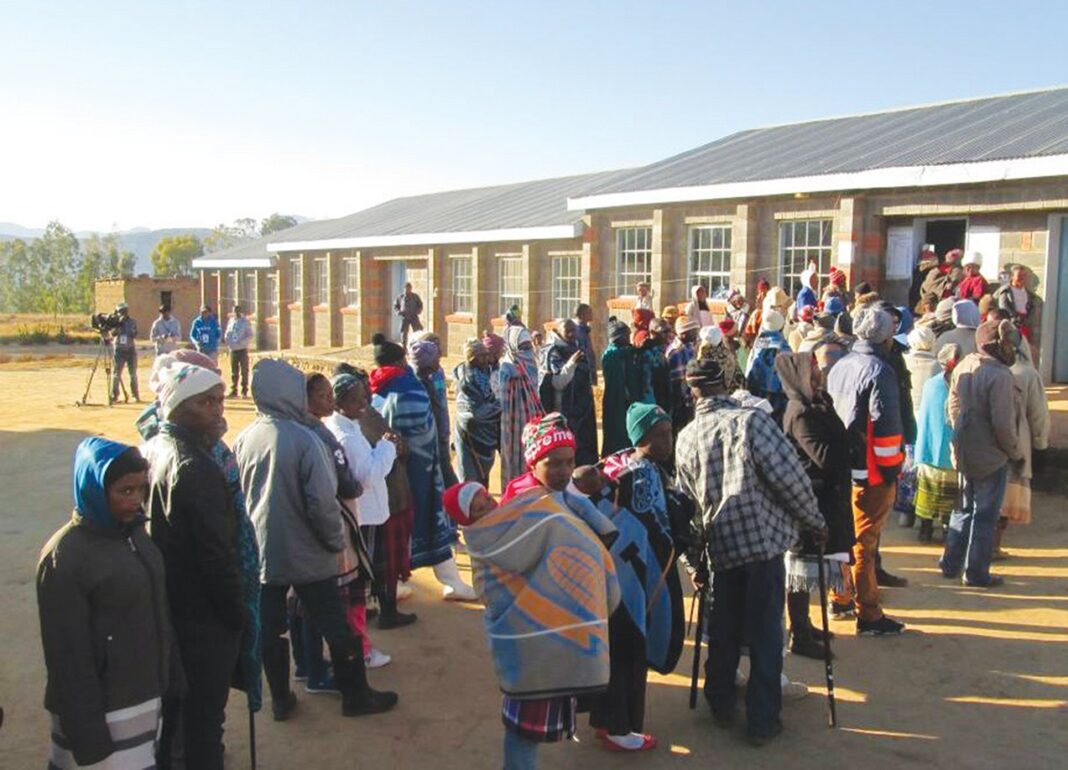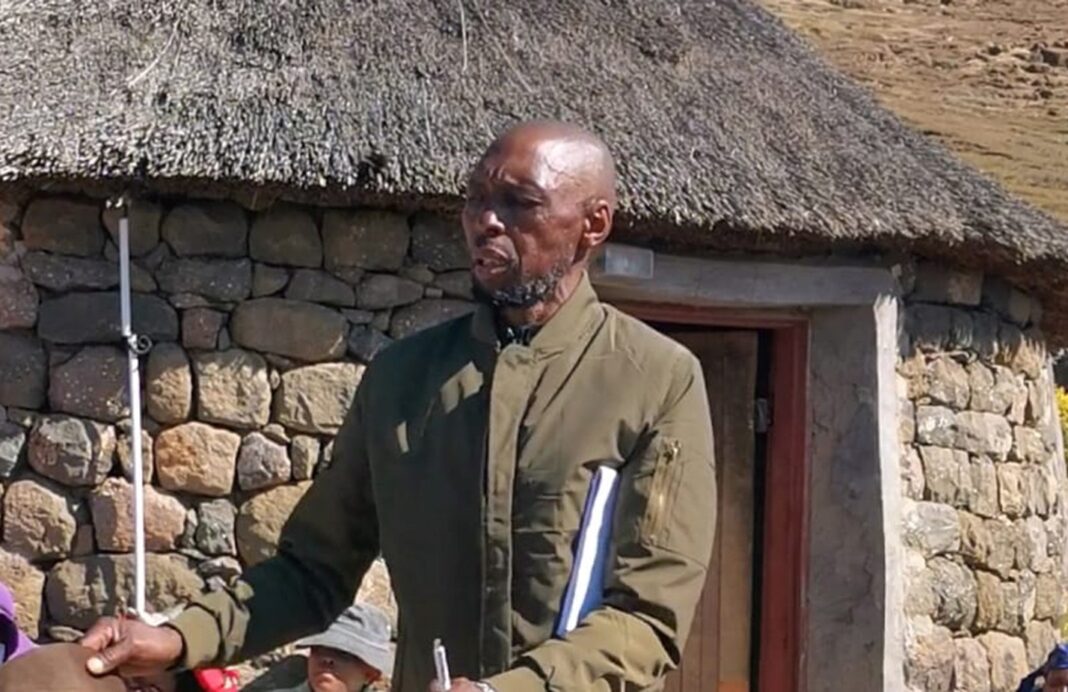By ‘Majirata Latela
The Democratic Congress (DC) and the leader of the Movement for Economic Change Selibe Mochoboroane are suing the Independent Electoral Commission (IEC), the minister of law and constitutional affairs, the attorney general and other political parties over the demarcation of constituency boundaries, which was gazetted on April 13 2022.
According to court papers, the pair want a rule nisi issued calling upon the respondents to show cause why legal notice number 37 of 2022 (the National Assembly Electoral Act of 2011 Constituency Delimitation Order) shall not be reviewed and set aside as irregular and unlawful and therefore null and void.
“Legal notice number 37 of 2022 (the National Assembly Electoral Act of 2011 Constituency Delimitation Order) shall not be declared to be unlawful to the extent that it violates the provision of section 67(3) of the Constitution.
“The decision of the first respondent (IEC) in terms of which it commissioned of review of constituencies purporting to act in terms of section 67 of the Constitution as contained in legal notice number 109 (National Assembly Electoral (Constituency Delimitation notice) dated 24 September 2021 s reviewed and set aside as invalid, irrational and unreasonable to the extent that it violates the provisions of section 67(3) of the Constitution.
“The first respondent is ordered to prepare for the national elections using the current constituency boundaries as determined in their review in 2018,” read the court papers.
The papers continue to show that it is declared that in reviewing the boundaries of constituencies the Independent Electoral Commission with the purpose of achieving the principle of equality as contemplated in section 67(2) of the Constituencies, is not bound to limit the boundaries of such constituencies withing the administrative boundaries of the country.
The IEC made the constituency delimitation order in line with volume 67 of extraordinary gazette issued on 13 April 2022 in exercise of the powers conferred upon it by section 67 (4) of the constitution,
“For the purpose of election to the National Assembly of Lesotho, Lesotho has been divided into eighty constituencies in accordance with the provisions of section 67(1) of the constitution. the boundaries of the constituencies shall be as described in the schedule hereto and shall include every village, village area or village cluster, by whatever name it is known, which is actually situated within the descried boundaries,” reads the gazette.
The demarcation of constituencies is one issue that has cause a very visible divergence of views among political parties ahead of the parliamentary elections scheduled for October this year.
The DC and the MEC are some of the parties that have vociferously opposed the new boundaries. DC deputy leader Motlalentoa Letsoa, told this publication in March this year: “The DC’s position on the matter is that, we don’t need to go and demarcate constituencies now because according the constitution of Lesotho, IEC has gone beyond the time limits in which it had to demarcate. The constitution gives the parameters to say, you cannot demarcate before this period and you cannot demarcate after this period, so we have gone beyond that upper limit.
“Now, section 97 (3) if I remember well, so we have gone beyond the parameters provided for by the constitution therefore it will be illegal to demarcate now. The youth with the tied all the time but for sure DC has the most youth in this parties nowadays. Well, that could be attributed to the way we handle things, we are making activities which are oriented towards the desires of the youths: beauty pigeons, you can name them all, so I think they find relevance in DC other that in other parties where they are just among the many but here you know they have the space, a special space for them.
For his part, Mochoboroane had around the same time argued that: “What we need to get correct is the law that governs the demarcation of constituencies, and trace how we came to have that law. Our understanding is that the law that the IEC uses for purposes of demarcation is the law that talks about the population and how to manage it, the Statistics Act of 2000. It was meant to distribute services equitably.
“The statistics that they use come from the results of the population census. The question is, do we have a clause in that law that has a question that asks where people vote? That is a very important piece of information that would help IEC make accurate decisions when demarcating constituencies based on the distribution of voters. For example, if you look at Ha Thetsane and Maputsoe, where we have a dense population because of factory workers. On election day, where do those people vote? They go to their respective homes to vote. That’s why we are saying, IEC is using the wrong piece of legislation for the good purpose of demarcation.”









